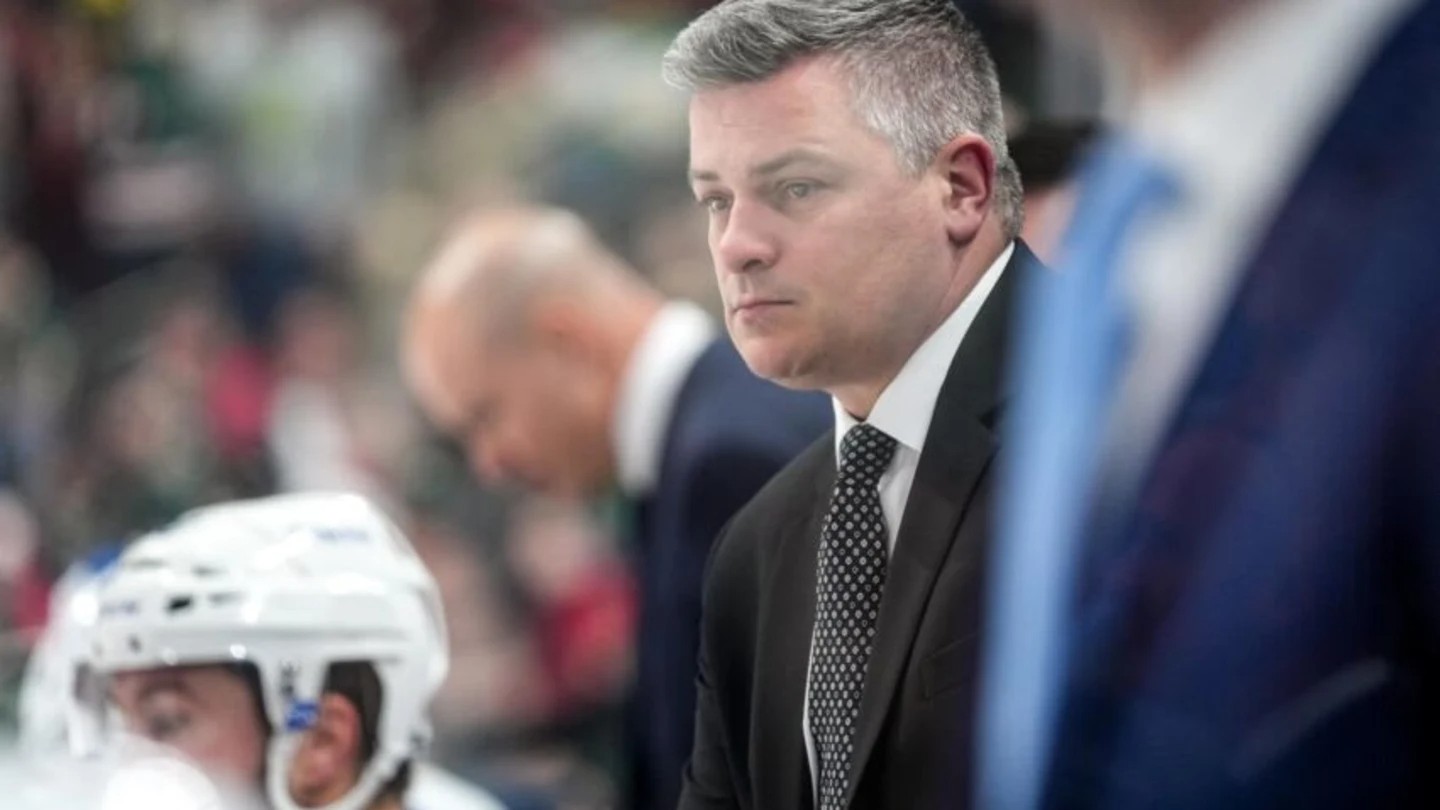The final week of the regular season is finally here, and the Maple Leafs have locked themselves into third in the Atlantic Division.
We know they will be starting on the road, and unless the Bruins lose their final two games and the Panthers beat the Leafs on Tuesday, Toronto will be playing Florida for the second consecutive spring.
We will break down their opponent later this week, but we will focus on the Leafs for now.
A few months back, we discussed the idea of Sheldon Keefe working his “second” job this season and the signs of evolution he’s shown. All things considered (slow starts, many injuries, shaky goaltending, etc.), I think it has been his best season coaching the team to date, even if the standings don’t necessarily reflect it. As I wrote at the end of the article:
“If and how it continues through the playoffs — where Keefe has traditionally overthought things — remains to be seen, but it has been a welcome change in the meantime and one worthy of some recognition.”
Playoff time is quickly approaching, the team has started to get healthy, and we’re starting to see how the pieces are coming together. The early returns have been a bit of a mixed bag, but there are quite a few layers to sort through.
Over the past week, the games have largely been meaningless for a team that’s clinched a playoff spot and was all but set to start on the road. A major focus has been on how the team would reintegrate Mitch Marner into the lineup after he missed about a month due to injury (during which time the team played quite well). He is a big-time producer for the team and plays huge minutes, so it’s not just about Marner but the domino effect his presence creates throughout the lineup.
The first question: What would Marner’s return do to the lines? To Keefe’s credit, he has generally remained committed to spreading the attack across three forward units so far. The Bertuzzi-Matthews-Domi line has remained intact. He put Marner alongside Tavares and McMann while shifting Nylander to drive a line with Knies/Robertson and Holmberg.
Whether this approach will remain the case over the next few weeks is a different story altogether.
Over the past few games, the Leafs have given a line of Nylander-Tavares-Marner some real run. How it performs and is deployed by Keefe will be fascinating to watch. On the one hand, it makes sense to load up a unit that can follow the Matthews line if the team is chasing the game. There will be logical times to unite the trio while pushing for offense.
On the other hand, how often will the line be used? For example, against the Red Wings, the Leafs held an early lead in the first period, and Keefe double-shifted this line while up 1-0 halfway through the opening frame.
This is often viewed as simply playing the best players more to increase the team’s odds of winning, but there has to be a balance that ensures that the entire team is involved in the game.
The strength of this Leafs team is their forward depth. They will need to rely on their forwards to outscore their issues on defense, the penalty kill, and potentially in net. Players like Bobby McMann, Matthews Knies, Pontus Holmberg, Nick Robertson, and Calle Jarnkrok (when he returns) have all shown they are good players in this league. McMann and Holmberg were essentially afterthoughts in this lineup until injuries forced the coach’s hand. Domi struggled/was inconsistent until he moved up and played with better players.
It is clear that player contributions are impacted by linemates, responsibilities, and ice time. When the Leafs have three lines rolling and creating, they are at their best as an overall team. The group was coming together as a team over the past few months under this premise (which is what we largely praised in this space).
Little examples like the one against the Red Wings – in a nothing game that the Leafs were winning at that time – give a glimpse into the other side of the coin where the default can be to load it up.
In the game against the Devils, Marner played 23:40, Nylander played 22:25, and Matthews played 21:56. Despite Domi sitting for 17 minutes due to his instigator, all of Knies, McMann, Robertson, Holmberg, and Dewar played under 12 minutes each. Essentially, half the forward group did not even hit 12 minutes. They were back to loading up the top players in a game that meant next to nothing. What will happen when the games actually matter?
Last playoffs, Ryan O’Reilly returned from injury right before the Tampa series. Keefe jammed all his top players into the top two lines by shifting Tavares to left wing for Game 1. They opted for an L3 of Alex Kerfoot – Noel Acciari – Calle Järnkrok (which was predictably bad), and the team, on the whole, got run over in the first game. By the next game, the Leafs moved ROR to the third unit between Knies and Acciari, creating three credible lines. They won four of their next five to take the series.
We have discussed this over the past few months while referencing Bruce Cassidy regularly: The Leafs will need three lines in the playoffs. Given the group at Keefe’s disposal, the only way this is happening is to place a star on each line. It’s almost certainly not happening any other way.
Playoff teams are too good to think two loaded-up lines can beat them. Considering the Leafs have repeatedly tried this over the years and lost every series until the one year they modified their approach, there’s no real evidence to suggest loading up two lines all game works.
The Florida Panthers, for example, run a top line with Alex Barkov and Sam Reinhart followed by a second line with Sam Bennett and Matthew Tkachuk. The Leafs won’t have an advantage over them by loading up their top six to match up against it, especially when Florida has a better top-four defense than the Leafs. They would be playing into the opponents’ hands and giving Paul Maurice very little to think about.
This quote caught my eye last week when Sheldon Keefe was discussing the balanced lines:
“In the last couple of games, I have started to work towards getting Willy extra shifts and moving him around a little bit. That was always part of the plan, too. Early on, I wanted to give the lines time to really get going and gain traction.
It is not really sustainable to get those guys the minutes they require over the course of a full game to make the difference you want them to make.”
It’s one quote, but it almost sounds like rolling the lines the way he did was some level of lip service. Keefe has already acknowledged that the Bertuzzi-Matthews-Domi trio is something he’d like to keep together. It’s safe to assume the trio will start the playoffs, and it’s possible Keefe starts by spreading out Tavares-Marner on the next line and Nylander on another line. However, how it actually shakes out regarding ice time and deployment remains to be seen.
I want to think Keefe has seen proof of concept this regular season and will look to maximize it as best as possible. If nothing else, he should have seen over the years that simply “loading up” under the belief the top players will drive the bus on their own is not a recipe for playoff success.































